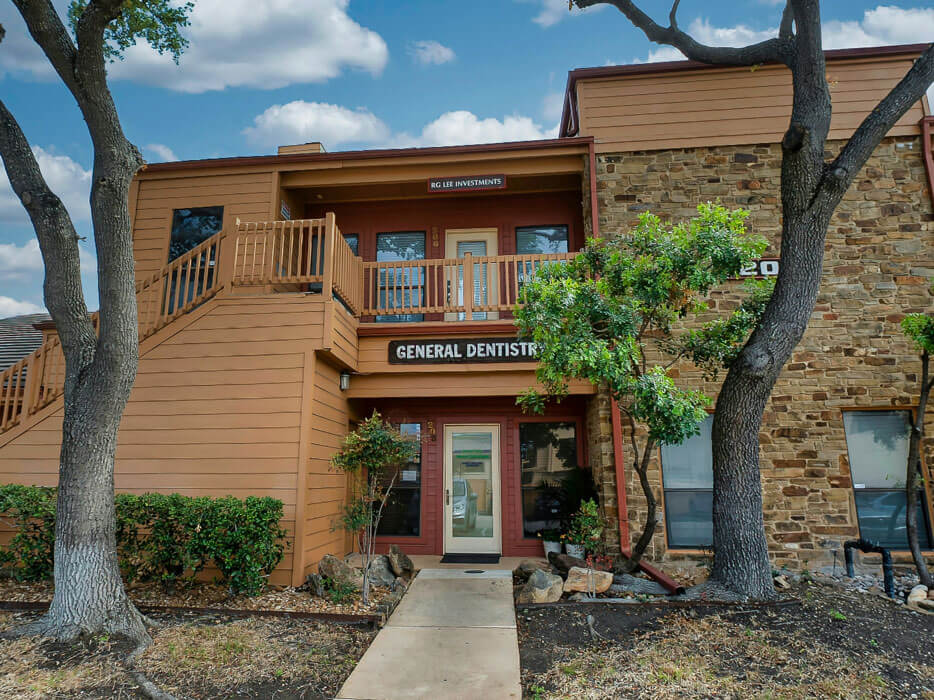Bridges
Dental Bridges
in San Antonio, TX
What Are Dental Bridges?

The Benefits
of Dental BridgesRiver City Dental Solutions has served the San Antonio area since 1974. Our training and experience maximize the benefits you could experience after treatment:
- Enhance Your Look – Thanks to modern dentistry technology, we can expertly design your bridge. The color and sparkle will be indistinguishable from your natural enamel.
- Renew Your Confidence – A missing tooth can seriously damage your self-esteem. With your new dental bridge, you’ll have the confidence to smile, talk, and laugh.
- Return Dental Function – If you’ve lost one tooth or more, you may not be able to eat the foods you love. Quality dentistry treatments can solve that problem!
Not Sure You Need a Bridge?
How Do Dental Bridges Work?
Step One – Your dentist will carefully shape the abutment teeth, which are the natural teeth on either side of your missing tooth. In some cases, the gum tissue might also be modified.
Step Two – Next, they will capture a digital impression of the biting surface. That way, your bridge fits in properly with your other teeth.
Step Three – Then, it’s off to the lab! Technicians will use the data from your dentist to craft a custom bridge from materials like ceramics or porcelain and metal.
Step Four – Relief is coming! During the fitting process, which may take a few visits, you can also expect a temporary dental bridge.
Step Five – An abutment is a connector piece between the implant and your restoration. During a minor surgery, an abutment will be attached to your implant. It will take about two weeks for the gum tissue to heal around the abutment.
Frequently Asked Questions
We're happy to answer all your dental bridge questions!
River City Dental Solutions
The team at River City Dental Solutions serves the needs of the greater San Antonio, TX, area with state-of-the-art technology and the latest innovative techniques. We can provide you and your family with beautiful smiles through a variety of procedures including:
To schedule an appointment at our dental office, contact us online or call 210-941-3657.

